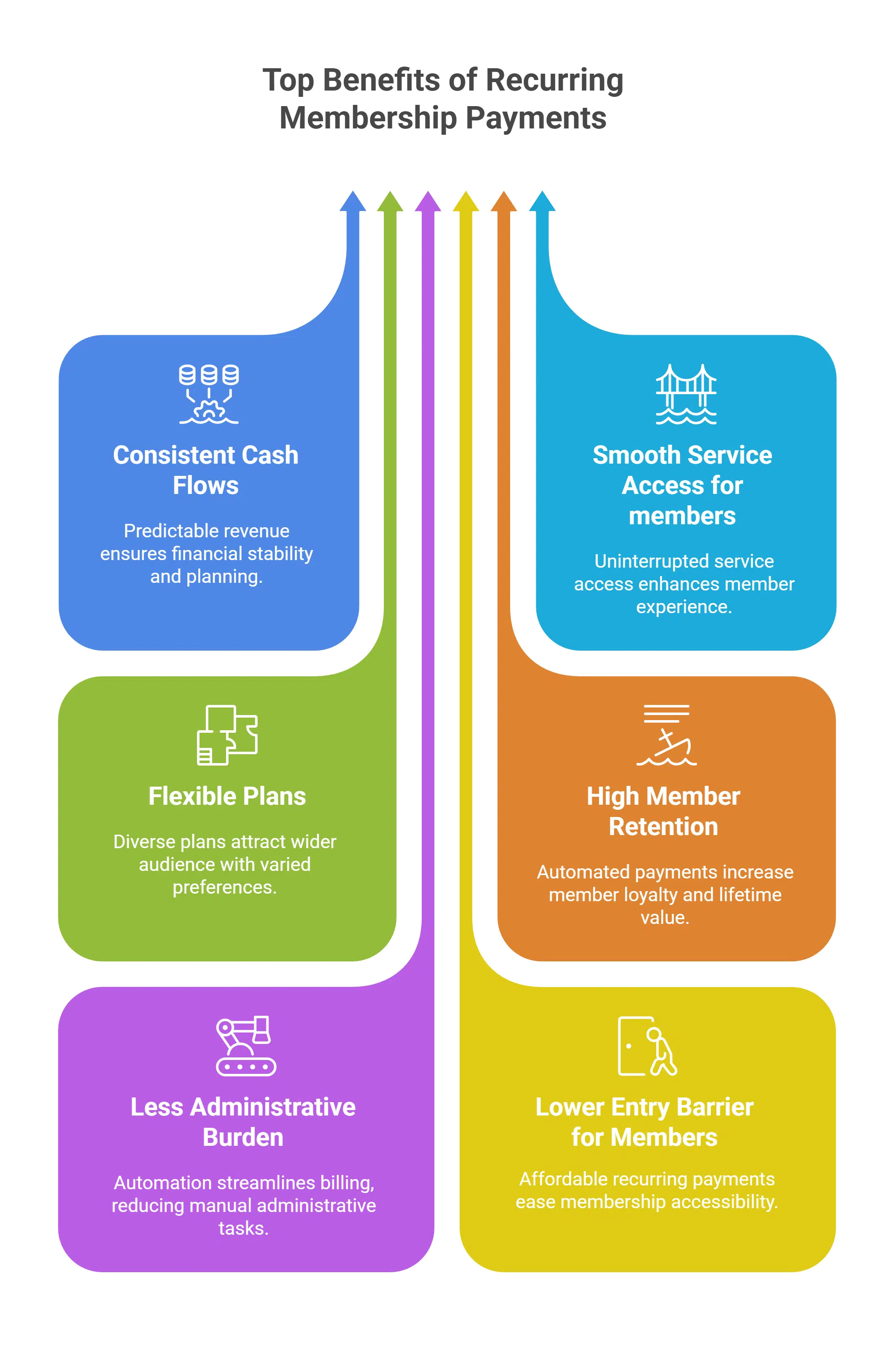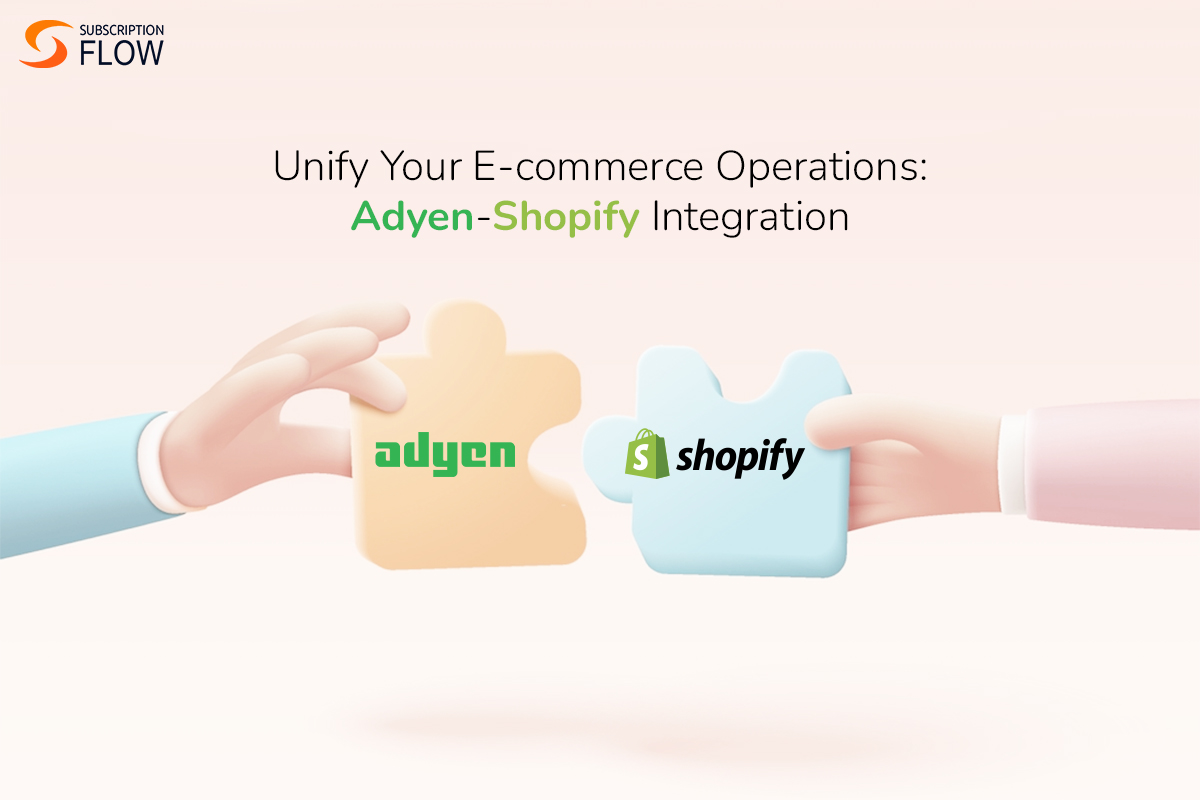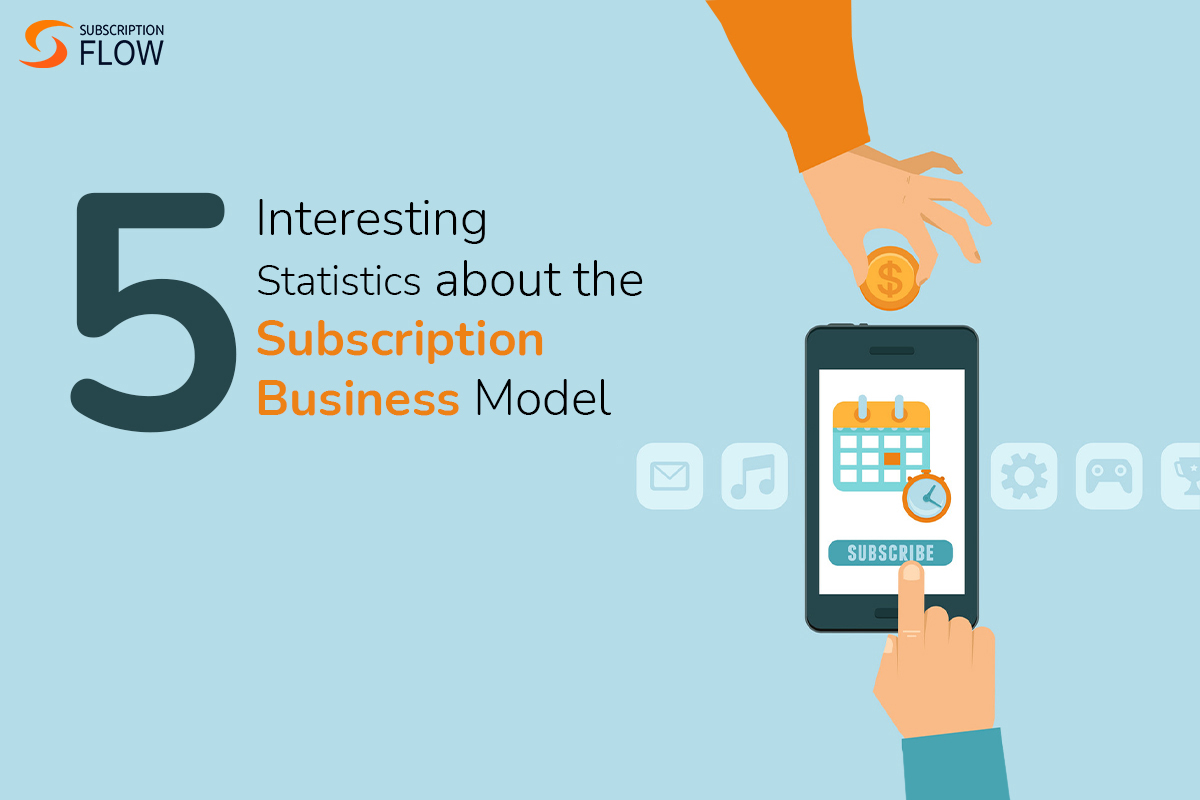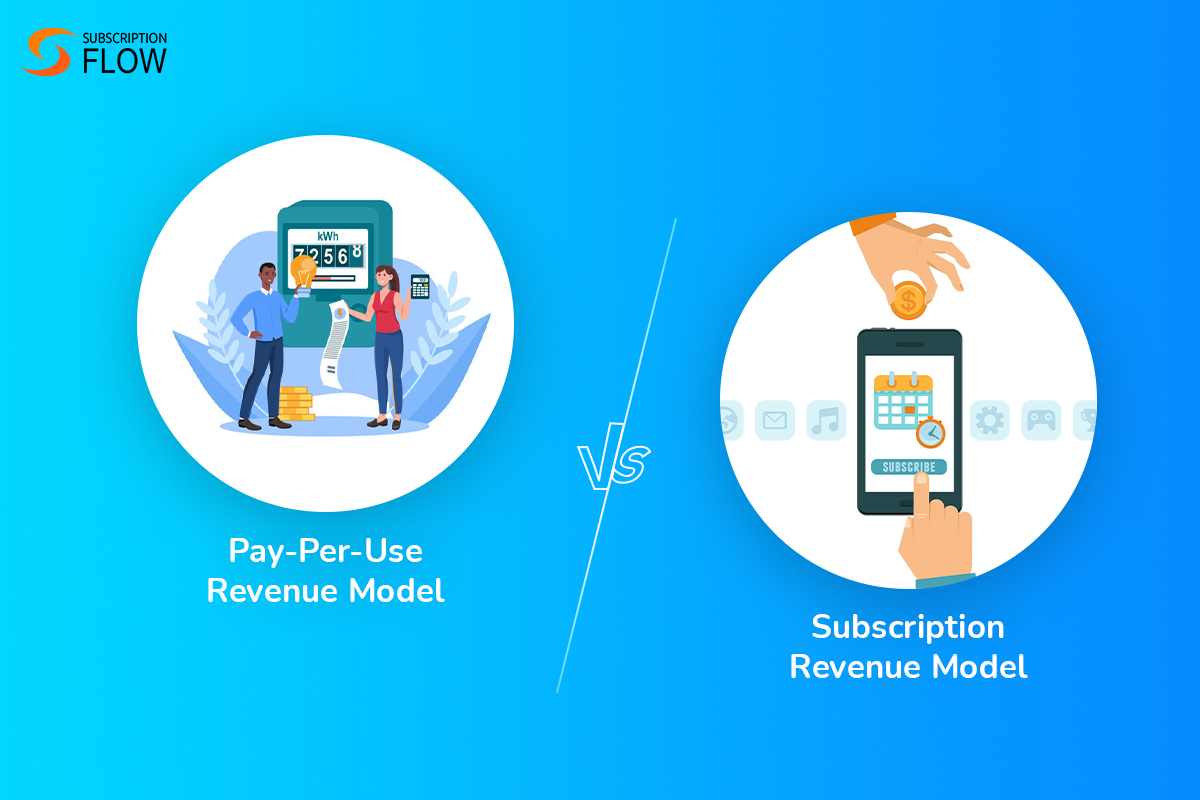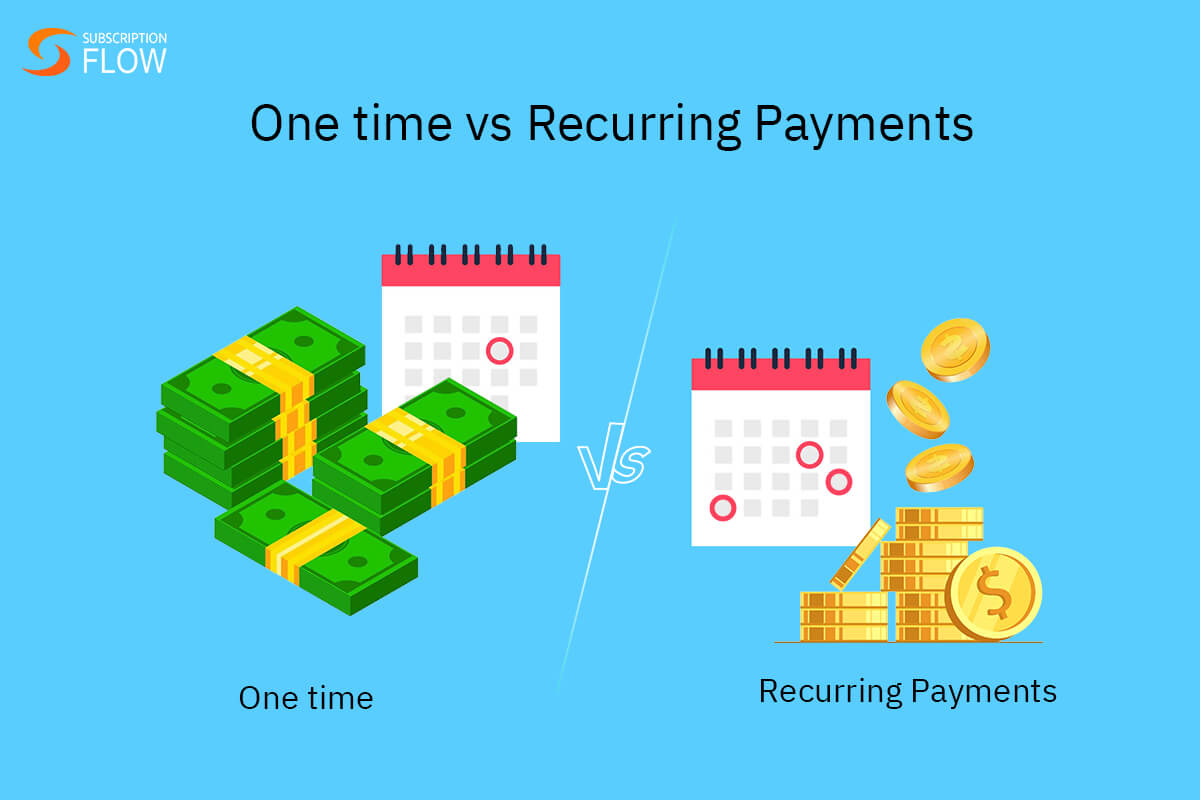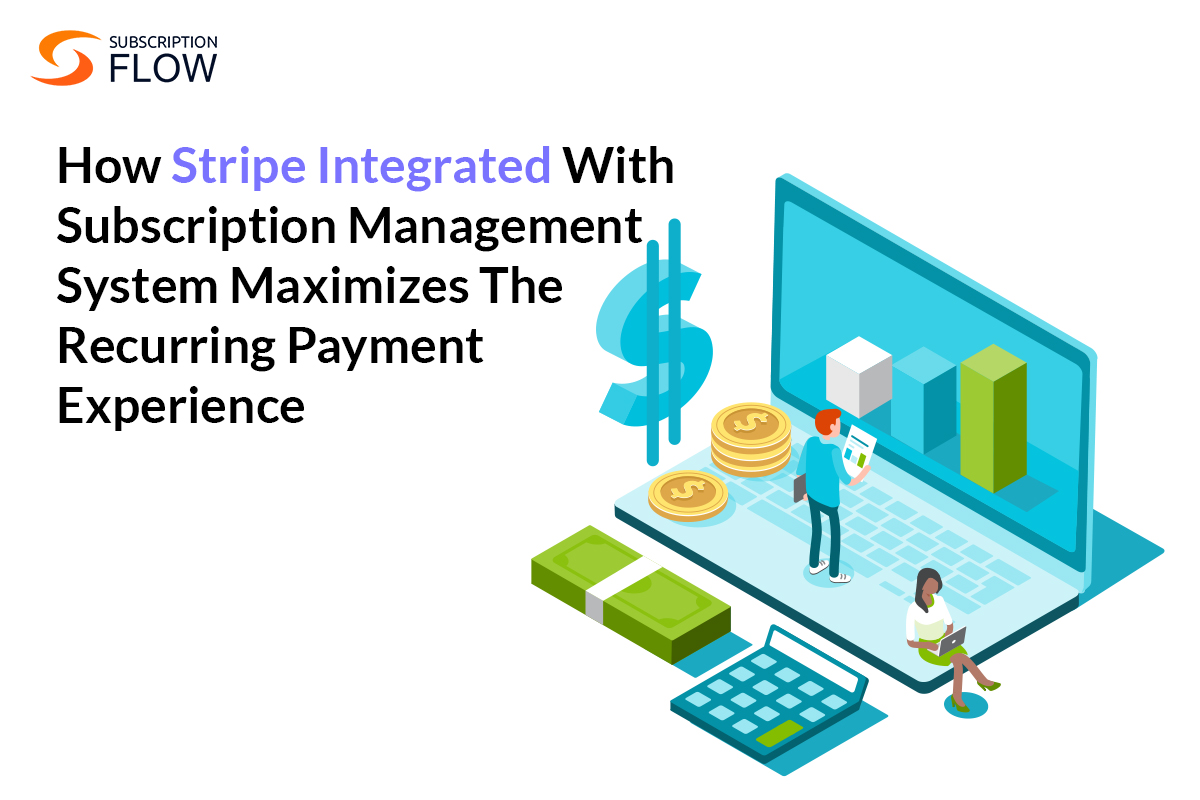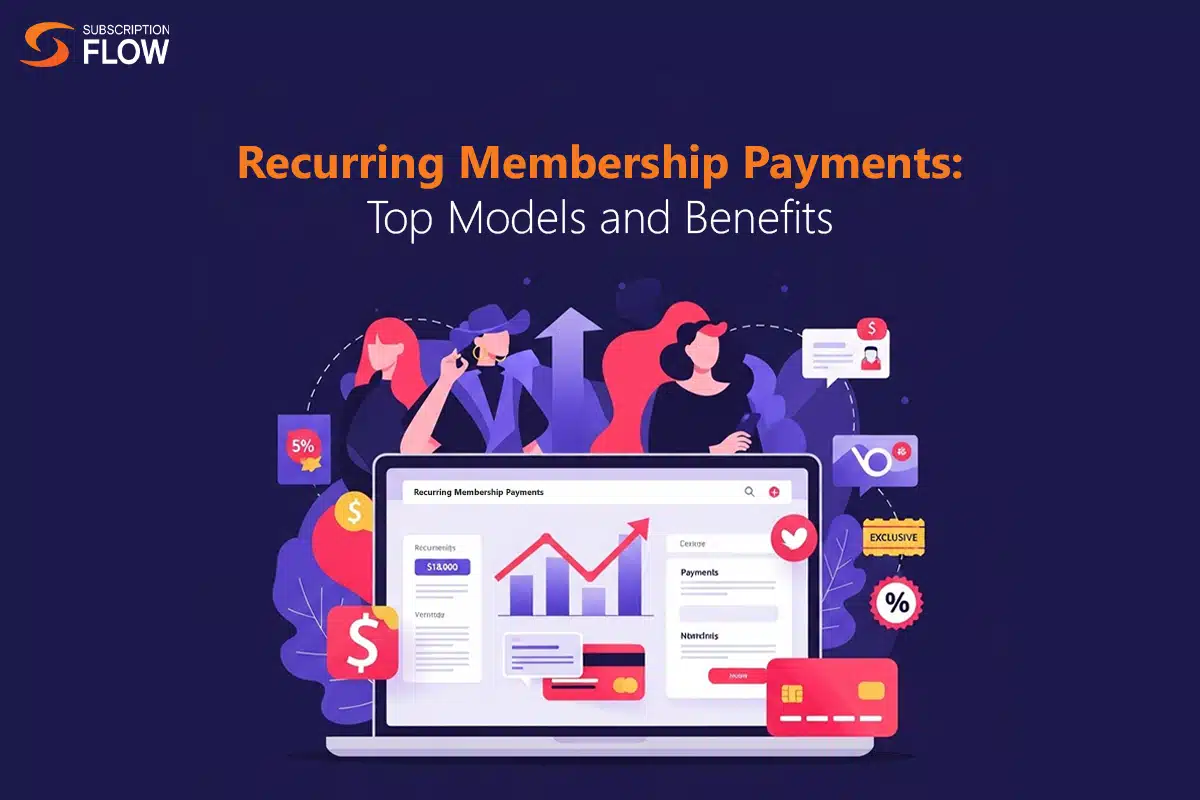
Recurring Membership Payments: Top Models and Benefits
Memberships offer a lot more than one-time service access. They foster customer loyalty, encouraging lifelong member trust and commitment. To achieve their customer retention goals, they have to make their services top-notch, and their access fast and frictionless.
Recurring membership payments play a huge role in this regard. They keep your members closely connected to your membership. They also help determine your most loyal members, and those who require more attention and administrative efforts.
There are many different recurring payment models that memberships can employ. Each offers its own unique benefits. In this article, let’s explore the benefits of recurring membership payments in detail. Let’s also look at some popular recurring payment models, and how they can be implemented efficiently.
What are Recurring Membership Payments?
Recurring membership payments are those payments that a member must pay on a repeated basis in order to remain active in a membership. Memberships charge these payments to each of their members based on their contract. This contract contains details on the member’s payment cycles, and the fee they have to pay in each cycle.
No matter what kind of membership it is—gym, sports, online courses, book clubs, or any other—it most definitely needs a recurring payment model. That is because charging huge one-time fees for continuous services is neither sustainable for the membership, not budget-friendly for the customers.
Through recurring payment cycles, memberships can offer their services at budget-friendly prices. That’s because these payments are made on a repeated basis, and hence don’t require memberships to charge for their entire service at once.
However, implementing recurring payment models is not easy if done manually or through legacy billing systems. For successful and cost-effective implementation, memberships need a reliable and modern billing software. This software plays a vital role in automating their payments, and strengthening their member relationships.
Top Benefits of Recurring Membership Payments
There are numerous benefits of the recurring payment model that memberships gain. Here are some major ones:
- Consistent Cash Flows
Recurring payments are important for creating and maintaining stable cash flows. Memberships can predict their revenue figures each month based on the number, and plans of their members. This predictability helps them do financial planning better. It adds more sustainability to their operations, as they can utilize their funds better.
- Smooth Service Access for Members
By taking payments on a recurring basis, organizations renew the memberships of their customers. If the payment cycle is monthly, this means monthly membership renewal. When members pay their dues on time, they are granted continued access to the offered services.
Continuous payment cycles keep members active, and allow them an uninterrupted access to services. This seamlessness encourages member renewals further.
- Flexible Plans
Memberships can offer flexible plans, such as monthly, quarterly, and annual. Having a range of membership plans in place helps attract a wider audience with difference preferences. Users that prefer smaller charges can opt for monthly plans. Meanwhile, those preferring best-value and long-lasting plans can go for annual membership.
- High Member Retention
The recurring payment system allows memberships to retain their members for lengthy time periods. That is because members are billed according to a fixed schedule, and their payments are often collected automatically.
This makes paying convenient for the members. And if they believe that their charges are justified by the membership’s value, it gives them every reason to stay. Member retention is central to the membership’s operations as it results in healthier revenue streams, and higher member lifetime value.
- Less Administrative Burden
If memberships use smart billing software that automates their recurring payments, they can grow fast. That is because this automation saves them from tedious manual tasks, such as manual invoicing and payment requesting.
They can collect payments much faster with a modern billing system, and speed up their members’ renewals accordingly.
- Lower Entry Barrier for Members
Recurring payments offer lowered prices to users as compared to one-time payments. That is because one-time payments charge for all the services in full. They have to be paid all at once. On the other hand, recurring payments have to be collected routinely.
So, members only have to pay a small portion upfront for accessing services for a certain duration. If they want to prolong this duration, they have to pay the same fee again. This makes membership costs budget-friendly, and also allows more users to sign up as members with ease.
Popular Models for Recurring Membership Payments
These are some of the most popular recurring payment models that memberships can implement:
- Fixed-Fee Subscription Model
This model works like a typical subscription. Members are charged a fixed membership fee every month, or according to any other billing cycle they follow. Their fees are not affected by their usage or other factors.
For instance, there is a $25 monthly plan offered by a membership program. Members following this plan will always pay $25 per month for the rest of their membership duration, unless this price is updated.
- Tiered Pricing Model
In this recurring payment model, membership plans are based on different tiers. These tiers range from least expensive to most expensive, and provide value accordingly.
For instance, there are Basic, Advanced and Premium membership plans. They have the same duration, let’s suppose 1 month, but offer different service features. The Basic plan offers the most basic services, and the Premium one offers the most high-end. These plans are priced according to the value they offer.
This model supports the pay-as-you-go functionality. Members are only supposed to pay for the services they utilize. Not a penny extra. In this model, they don’t pay upfront like is the case with other models. They utilize the services first, and their usage is measured. Then, they are billed based on this usage.
Implementing a hybrid model simply means implementing more than one payment model at the same time. For instance, a membership might offer both fixed-fee subscription plans, and usage-based plans. Its members can choose the one that they like best.
Moreover, it can also combine two payment models in one to charge more flexibly. For example, it can offer a plan that charges in two parts. One part is the flat-fee that every member has to pay, and the other part is calculated according to the members’ usage.
- Trial-Based Billing Model
This model involves membership trials. Each membership program can determine the type and duration of their trial. Some may offer a 1-month free trial which users can leverage to explore their services.
Others may offer a 3-month discounted trial, meaning the member will be charged for the first three months, but at discounted rates.
How SubscriptionFlow Helps Set Up Flawless Recurring Payments
SubscriptionFlow is a membership billing expert that supports automated recurring payment flows. These are some of its features that make recurring membership payments effortless:
- Support for Multiple Payment Models
Whether it’s the tiered pricing model, fixed-fee, usage-based, trial-based, or hybrid, SubscriptionFlow supports it all. Memberships can implement any of these models without any hiccups. They get to automate billing accordingly.
- Automated Invoicing and Payment Collection
The billing software generates members’ invoices on its own, and ensures they are error-free. You can also include payment buttons inside the invoices so that your members can pay with more ease.
Contrarily, you can also automate payment collection entirely. In this scenario, SubscriptionFlow auto-charges each member’s payment method. It delivers them their invoices as proofs of transaction.
- Automatic and Early Renewals
When the billing software collects a payment, it triggers member renewal. If payments are collected automatically, members are also renewed automatically. This feature keeps members connected to their membership, and prevents unintentional churn.
SubscriptionFlow also offers the early renewal option. Members can request to pay for their coming renewals in advance for various reasons. It serves as a great retention strategy, as it allows memberships to secure members’ future payments and commitment earlier.
- Support for Upgrades and Downgrades
Members are offered their own self-service portals. They can monitor their membership, and change their plans through those. They can both upgrade and downgrade their plans, and even cancel membership easily.
SubscriptionFlow automates the proration of charges in these scenarios, and delivers smooth payment experiences.
- Payment Retry Logic
Failed member payments are retried automatically. This prevents unintentional churn, and helps acquire pending funds. Members can also be sent personalized payment notifications, and dunning emails to boost payment success rates.
- Smart Analytics
Memberships can keep an eye on their performance at all times through SubscriptionFlow’s advanced dashboards. These dashboards track their important metrics, such as MRR and CLV in real-time. Moreover, they can view their churn and renewal rates, and monitor customer activity, among other things, to get a holistic picture of their operations.
Get onboard SubscriptionFlow and manage your recurring membership payments the best way. Strengthen your financial operations to establish long-lasting member relationships.

